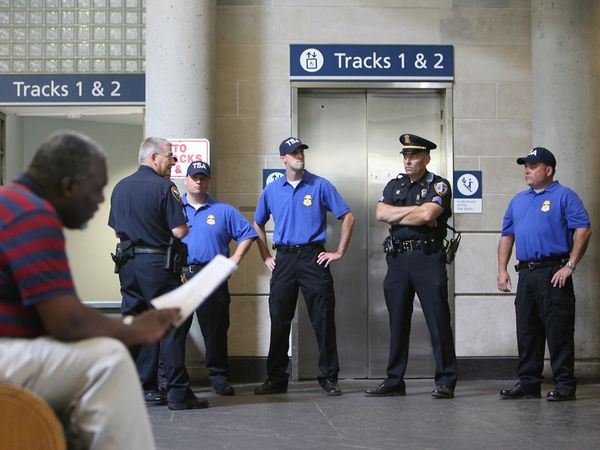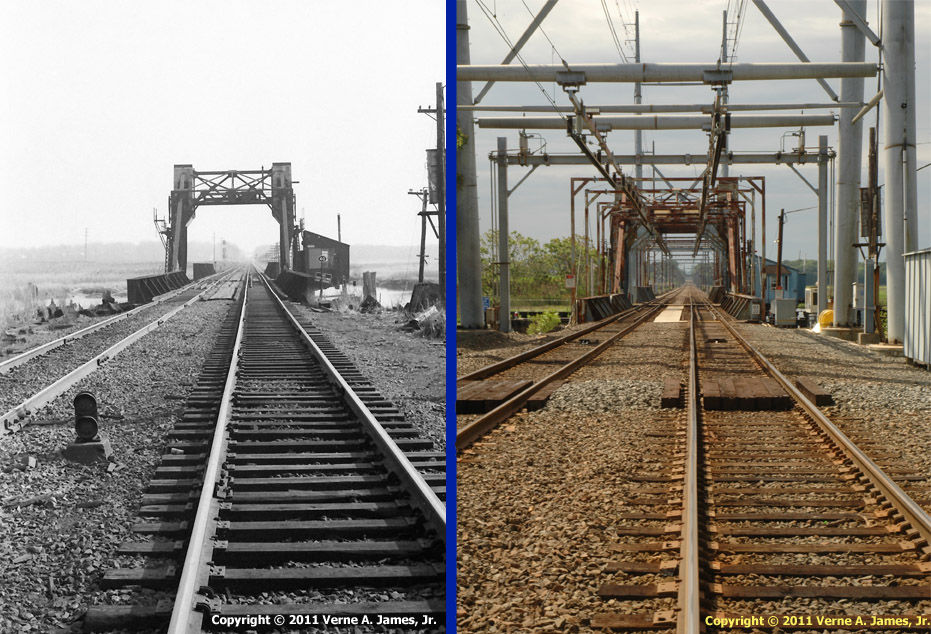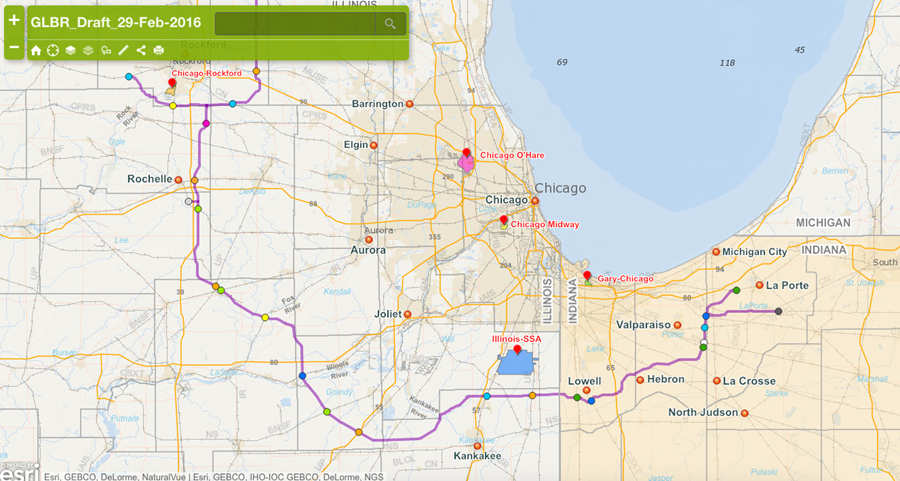Rail concerns of the week
- by Charles A. Turek
- May 31, 2016
- 4 min read
Here it is Tuesday again, and the end of May on top of it. Well, maybe I'm not exactly on top of it, what with the preceding holiday weekend and all.

There’s a lot going on in railroading and in the passenger business. This week, I thought I’d just give everyone an overview of what’s happening.
The non-event that’s been annoying me the most is a recent spate of reportage about how the Transportation Security Administration (TSA) is failing in its task to protect passenger railroads. Such media attention gives the impression that passenger rail travel many not be as safe as other modes. Timed to go along with the TSA’s failure to provide enough screeners at the airports, these articles amount to nothing more than creating doubts in the traveling public where none need exist. When you read enough in-depth, what’s really happening with the TSA is very different than not protecting passengers. In fact, the reports simply note that the TSA has failed to implement some measures prescribed by Public Law 110-53, also known as the 9/11 act. The verbiage in the non-implemented segments of the law makes one wonder what is exactly expected there. One of the requirements is that the TSA assign railroads to high-risk tiers, whatever that means. From a practical standpoint, one would assume that the risks change with time, and such assignment would be forever fluid. Another requirement is a “rail-training program.” Again, whatever that is. I’m sure that there are plenty of more qualified security personnel working for railroads that would be wasting their time attending such training. A third unimplemented requirement is security background checks of front rail employees. Again, I’d be surprised if the railroads themselves hadn’t taken care of that. In any case, the urgency disappears and so does the need for these fear-mongering articles.

Another non-event, though less annoying because it has a kernel of truth, is the crumbling U.S. infrastructure. Trotted out the week before Memorial Day, it bears re-telling that we just aren’t spending enough to maintain infrastructure that, by most measures, is already antiquated. Scaring people by telling them they are crossing bridges held up by 90-year-old beams isn’t going at it the right way, however. Logically, beams aren’t dangerous just because they are 90 years old, or 150, for that matter. A better way to convince the public that we need to spend on infrastructure is to point out that we’d all like to have something new and better for passenger railroading, and that the rest of the world is passing us by when it comes to attractive trains and on-time scheduling. Nostalgia is great for the railroad museums and us old farts who love the steam locos. But it’s loco to think that we can run on into the 21st century with something as lame as the current situation.

Then there’s the so-called Great Lakes Basin rail line. I don’t know where they got the idea that this proposed route runs through anything like a basin. It actually crisscrosses several tributaries of the Illinois River system. But the St. Louis San Francisco (Frisco) never went to the latter town, either. Anyway, more railroads are pulling out of this good but not well received idea. Conceived as an outer-outer belt line around Chicago to facilitate through movements for all railroads that now pass through this congested “rail capital of the world,” it assumed that there actually could be some cooperation between the Class Is that would benefit from it. It was proposed to make 27 different connections with other railroads, and would require four major river bridges. Avoiding towns and industrial areas, except for the purpose of facilitating connections, it would not originate or terminate or serve any customers directly. Its reception has been cool with communities, sometimes even cooler with railroads, and the latest reports are that Norfolk Southern is having none of it. Oh, and by the way, it would not schedule or reroute any Amtrak trains, but would supposedly facilitate timekeeping by eliminating freight congestion.

Tying all this infrastructure and security talk together for the (just-passed) Memorial Day weekend is the boat that hit the Spuyten Duyvil Bridge late Sunday afternoon, resulting in delay for Amtrak Empire Service out of Penn Station. This bridge is 116 years old and reportedly rests on piles drilled into the bottom of Spuyten Duyvil Creek. The creek separates Manhattan from The Bronx, but, more importantly, this is right on the east side of the Hudson River. The bridge used to be freight-only, and had been virtually abandoned for railroad use some 34 years ago. Amtrak rehabilitated the bridge and re-opened it in 1991 to allow all Empire Service trains to access the west end of Penn Station, thereby allowing Amtrak to withdraw all trains from Grand Central Station. Fast forward to now. The rehab job is 25 years old, and the bridge isn’t getting any younger. It has only 5 feet of clearance above mean water level when closed. Clearly, it’s easy for a boat to get close to the structure, and authorities didn’t know what hit the bridge for several hours.
Amtrak has bridge problems. It still needs to spend gobs of money finishing bridge work on the Northeast Corridor, and hasn’t earmarked Spuyten Duyvil for anything, as far as I can determine. It can’t simply re-route Empire trains back onto Park Avenue and into Grand Central. I don’t know who owns the bridge (my guess: Amtrak), and I don’t know where the original rehab funds came from (my guess: State of New York). Your guess is as good as mine why Amtrak hasn’t earmarked funds for a new bridge here. My guess is they’re waiting for New York. Long wait.
©2016 - C. A. Turek - mistertrains@gmail.com
(Charles A. Turek is a writer and novelist based in Albuquerque, NM. After four decades working in areas of the insurance industry related to transportation, he now writes on all aspects of American railroading. Charles is a political conservative but believes in public funding of passenger rail as a part of the federal government’s constitutionally conservative obligation to provide for defense and public infrastructure so that private enterprise may flourish.)

![maxresdefault[1].jpg](https://static.wixstatic.com/media/cef8ab_8d4e0ddce355463e8edabd7c8937b6f6~mv2_d_2500_1406_s_2.jpg/v1/fill/w_124,h_70,al_c,q_80,usm_0.66_1.00_0.01,enc_avif,quality_auto/maxresdefault%5B1%5D.jpg)



















Comments